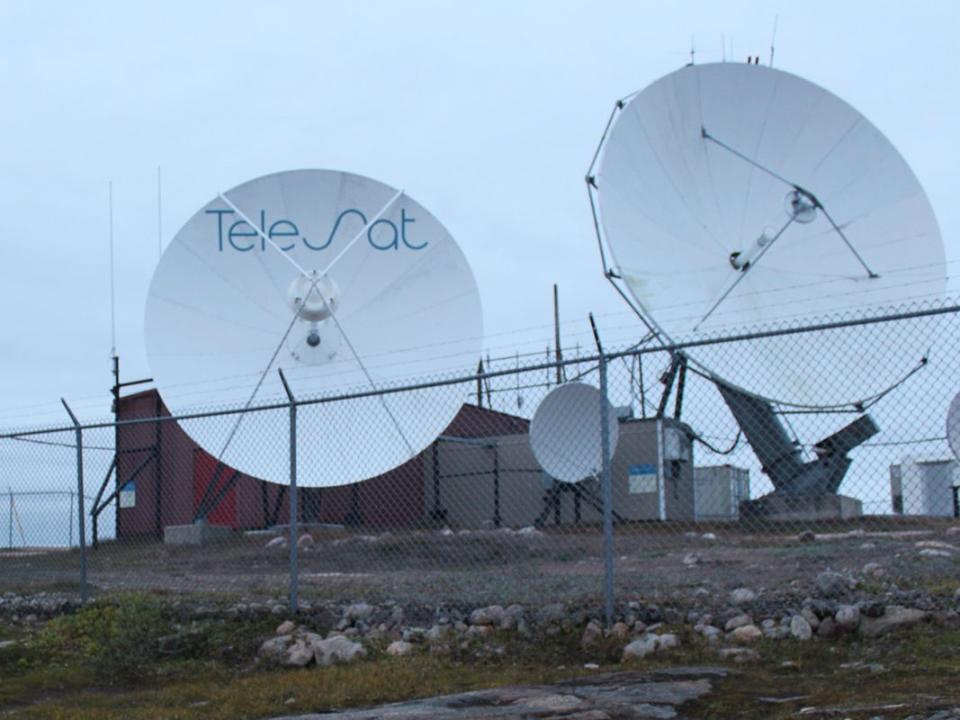Telesat shares soar as it taps MDA to build new low-orbit satellite program

Shares of Telesat Corp. soared 50 per cent Aug. 11 after the company announced it has swapped manufacturers to build 198 satellites for its Lightspeed Low Earth Orbit program to help service enterprise and government customers and rural and remote communities in Canada.
Canadian space company MDA Ltd., whose shares also took off in trading on Aug. 11, will be the primary partner to manufacture the satellites resulting in “approximately US$2 billion in anticipated capital savings,” Telesat said in a press release. French-Italian manufacturer Thales Alenia Space was initially tapped to build the satellites and provide other infrastructure at a cost of US$5 billion.
Capital costs for the Lightspeed Low Earth Orbit Program (LEO) are estimated at US$3.5 billion, which includes the satellites, satellite launch vehicles, a global ground network of landing stations and operations centres, business and operations support systems, and costs to to develop further user terminals for Telesat’s target markets.
In an earnings call with investors, Telesat chief executive officer Dan Goldberg addressed why the deal with MDA is more “capital efficient” and the switch was made.
“The game-changing development here is the beam-forming antenna that MDA has developed,” Goldberg said. The digital technology delivers “massive efficiencies,” supplying triple the number of beams versus older technology, he said. Further, the digital antennas work using one pair rather than the two pairs needed for the analog generation, meaning the satellite can be smaller, Goldberg said during the call.
“Smaller satellites almost always mean less costly satellites,” he added. “And that is certainly the case here.”
Telesat said work on the Lightspeed Low Earth Orbit program will start immediately with the first satellites scheduled to be launched in mid-2026 and “polar and global services scheduled to begin in late 2027.”
The global service will start once the first 156 satellites are in orbit, the company said.
The announcement signals a revival for the LEO program, which was dealt a severe blow late in 2021 when Thales Alenia said it could not build the satellites at the price and in the timeframe Telesat required citing inflation and constrained supply chains, according to a report by The Logic.
Funding for the LEO program is shared between Telesat and the federal and provincial governments, with Ottawa and the provinces contributing US$2 billion and an “equity contribution” of US$1.6 billion from the satellite company.
Government funding is subject to a number of conditions that Goldberg said the company is “aiming to get done by the end of the year.”
MDA will build the satellites in Quebec with the Lightspeed program creating and maintaining 2,000 jobs, the press release said.
Telesat’s stock closed the day up 53 per cent or US$4.52 to $12.97 in trading on the Nasdaq. Shares of MDA also rocketed up 24 per cent closing at $10.42 on the Toronto Stock Exchange.
Telesat also reported earnings for the second quarter showing revenue fell four per cent to $180 million. However, net income was $520 million compared with a net loss of $4 million a year ago. The company also confirmed its previous guidance for the coming year.
• Email: gmvsuhanic@postmedia.com | Twitter: gsuhanic

 Yahoo Finance
Yahoo Finance 